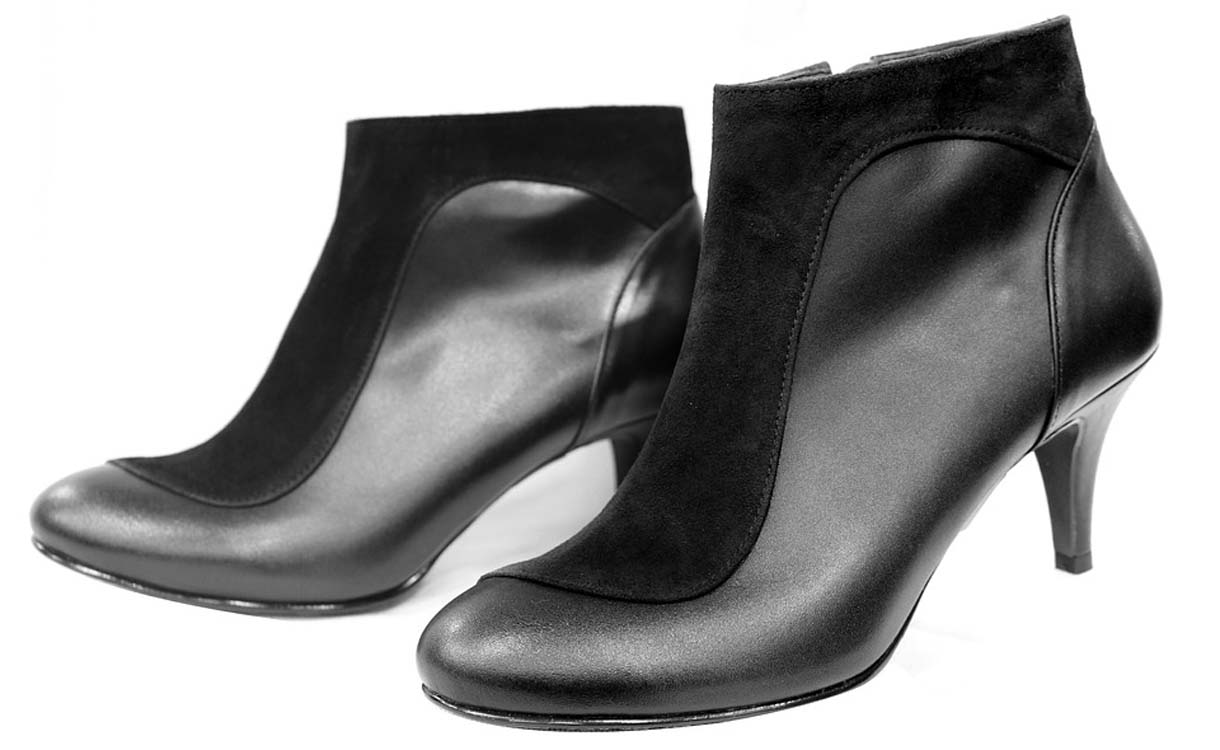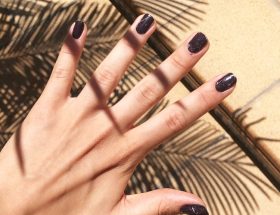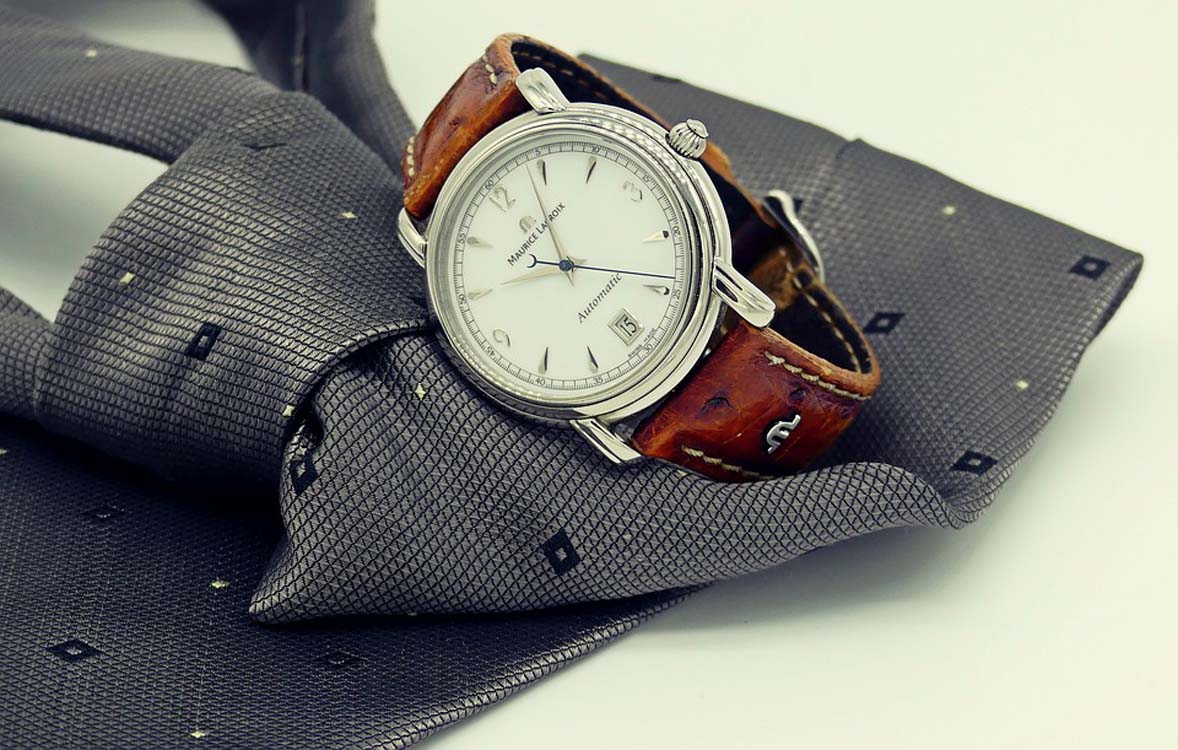
Your Guide to Women’s Leather Jackets
Leather jackets constantly rank as one of the most popular kinds of outerwear. They’ve been with us because the early 20th century, where these were by airplane pilots and crewmen. Their thick leather construction offers an increased level of thermal insulation – and for that reason more heat – than coats and jackets manufactured from thinner, less-insulative materials.
Lately, however, there were dozens if not a huge selection of new leather jacket styles released. While there’s nothing wrong with choosing a modern leather jacket such as this, many men and women choose the timeless appearance of classic leather jackets. In the event that you fall under this category, consider the seven following tips how to choose a vintage leather jackets for women.
1) Brown or black
For the classic appearance, choose a leather jacket featuring either brown or black. When leather jackets were first invented, they were made almost exclusively in these two colors. Over the years, brown and black have remained the most popular colors for leather jackets. They may be timeless, easy on the eyes, and flow cohesively with almost every other colors and patterns. Because of this, you can’t fail with a brown or black leather jacket, particularly if you’re trying to attain a classic appearance.
2) Simple fastening
If you look at examples of a few of the world’s first leather jackets, you’ll probably notice they all have a simple fastening mechanism. Although there are exceptions, most either have a single column of buttons lining leading, or they have a zipper on leading. Regardless, simple fastening mechanisms such as they are recommended. They are simply simple to use, & most importantly, give you a classic appearance.
3) Genuine leather construction
Before, all leather jackets were manufactured from genuine leather. Quite simply, they were made of the same fake or faux leather that many modern leather jackets are created. Therefore, you should choose a leather jacket manufactured from genuine leather if you’re seeking to achieve a classic appearance.
Having said that, not absolutely all genuine leather is the same. Some types of genuine leather are better than others. Napa leather, for instance, is undoubtedly being the highest-quality kind of leather due to its exceptionally fine grain, which can make it softer and more supple than other styles of leather.
Tips on choosing a women’s leather jacket
4) Consider a hooded style
Some individuals assume that hooded leather jackets are new, but this isn’t necessarily true. They’ve actually been with us for many years, making them a viable option to consider if you’re looking to achieve a classic style. The Hooded Leather Jacket #510 sold at LeatherCult, for example, features an attached hood for a superior degree of warmth. When the elements gets cold, you can merely pull the hood over your mind. Combined with its napa leather construction, it’s a remarkably warm and stylish jacket that’s simply perfect for women and men of most ages.
Hooded leather jackets are particularly versatile because you can wear them year-round. Some people assume that hooded leather jackets can only just be worn during the winter season, but this isn’t true. While you can simply wear a hooded leather jacket during the winter, you can always use it through the spring, summer or fall months. If it’s hot outside, just pull down the hood such that it doesn’t cover your head.
5) Stay away from unconventional styles
Avoid investing in a leather jacket within an unconventional style. What does this mean exactly? Well, when searching for a fresh leather jacket, you’ll probably find that some feature unique or otherwise uncommon styles. If you’re seeking to make a fashion statement, you can experiment with a leather jacket within an unconventional style. But if you’re trying to make a classic appearance, it’s better to choose a leather jacket in a typical style.
Conventional leather jacket styles usually share the next characteristics:
A smooth and clean front
Basic style that reflects the varieties of early-generation leather jackets
Made entirely of genuine leather
A proper length that always stops around your waist
A simple fastening mechanism
No matter which leather jacket style you choose, it’s important to check on the care tag to determine how much work, as well as time, must clean and maintain it. Leather jackets are pretty zero-maintenance when compared to other kinds of outerwear. Nonetheless, you’ll still have to invest a while and attention to clean and maintain a leather jacket. In the care tag, you’ll find instructions from the maker on how to completely clean and maintain it.
6) Look for pockets
Don’t forget to look and discover in case a leather jacket has pockets before purchasing it. Some leather jackets were created with pockets, whereas aren’t. If a leather jacket has pockets, you’ll typically find them on the front. There could be one pocket on each one of the front sides of the jacket, used to store and carry small items.
In case a leather jacket doesn’t have pockets, you won’t have the ability to store or carry small items in it. There’s nothing wrong with choosing a leather jacket without pockets – you just need to wear pants or trousers with pockets. Nonetheless, you should still look for pockets when choosing a vintage leather jacket.
7) Make certain it fits
You almost certainly won’t wear your leather jacket frequently, or by any means for example, if it doesn’t fit properly. In the end, jackets aren’t comfortable unless they can fit right. If your leather jacket is too small, it will feel tight and constricting. If it’s too large, it will feel baggy and loose. Regardless, you won’t get much use out of your leather jacket if it doesn’t fit.
The Conclusion
To make sure your classic leather jacket fits, consider ordering it from LeatherCult. Whether you choose a brown or black classic leather jacket, you can be confident knowing that it’ll fit. We offer custom sizing on all our leather jackets, including classic styles, at no additional charge.








